Let Bee Freedom 01 "Human beings mistakenly pretend to be God, get involved in queen bee breeding, and the genes of western bees are narrowed, and one generation is not as good as one generation."
0 Share
The misunderstanding is big. After hundreds and thousands of years, humans have not succeeded in domesticating bees. To this day, the common bee remains wild.
The most commonly raised bee, Apis mellifera, is often referred to as a "house bee," like domesticated poultry or livestock. Paolo Fontana, an Italian entomologist, pointed out the contradiction to the reporter of Upstream and Downstream."Domestication has two basic conditions: the first is that people feed food, but bees mostly feed themselves; the second condition is that humans dominate animal reproduction, but queens and drones are free to mate."
The idea of bees makes people forget that bees that work hard are still called wild. For example, the laws and regulations of almost all countries regard beekeeping as animal husbandry and breeding management, underestimating the close relationship between bees and nature. "When there are laws protecting panda or wolf species, bees are treated like chickens or sheep," Fontana said."The laws protect beekeeping, not bees."
Mistaken bee breeding leads to gene narrowing of western bees, which makes it more and more difficult to cope with various challenges and falls into survival crisis. Bees sound the alarm, setting off a chain reaction. Not only beekeeping, but also pollination-dependent agriculture, the preservation of biodiversity and the balance of natural ecology are at stake. Taiwan, which has followed Western bees in droves, is also suffering from frequent bee raids and ecological imbalance. "The solution," he said,"is to go back to native bee species and find ways to adapt to the local environment, not to repeat the mistakes of the West."
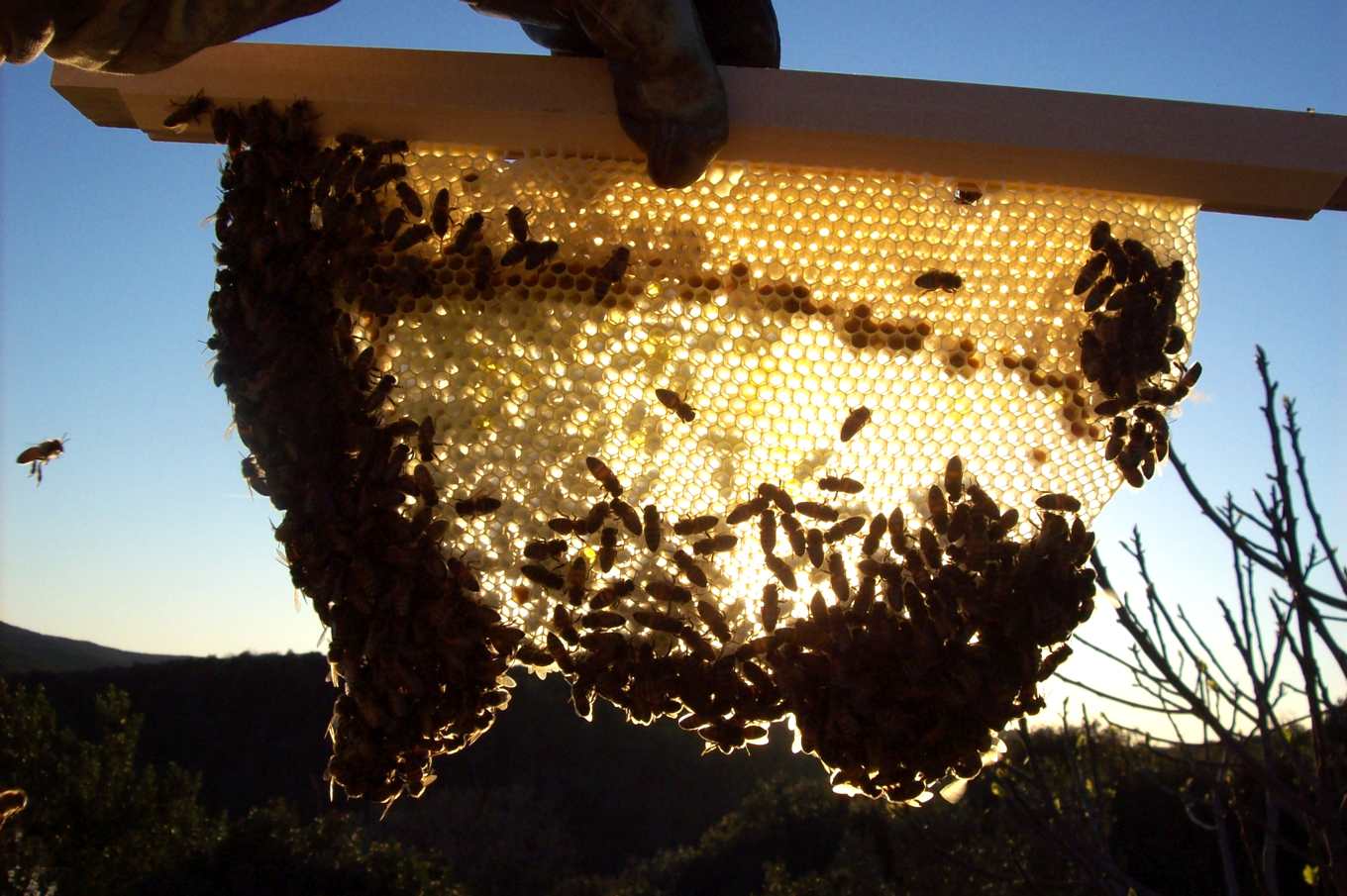
After thousands of years, humans have yet to domesticate bees (Photo/P. Fontana)
Bees tame humans, not humans tame bees.
Bald, bearded and bellied, Fontana spoke to a full house of students when interviewed. His abdominal pronunciation was like a bell, echoing in the small room and buzzing. He was the best spokesman for bees.
Ten years ago, Fontana fell in love with bees. With the cool brain of a scientist and a burning heart, he wrote Il Piacere delle Api, The Joy of Bees, a 648-page book in 2017. The English-language version of the declaration of love, which the editor praised as cautious but genuinely Italian, was recently published (see article). Sveva Sagramola, an Italian ecologist, puts it more eloquently: "After reading a few chapters, I suddenly felt that this book was written by bees."
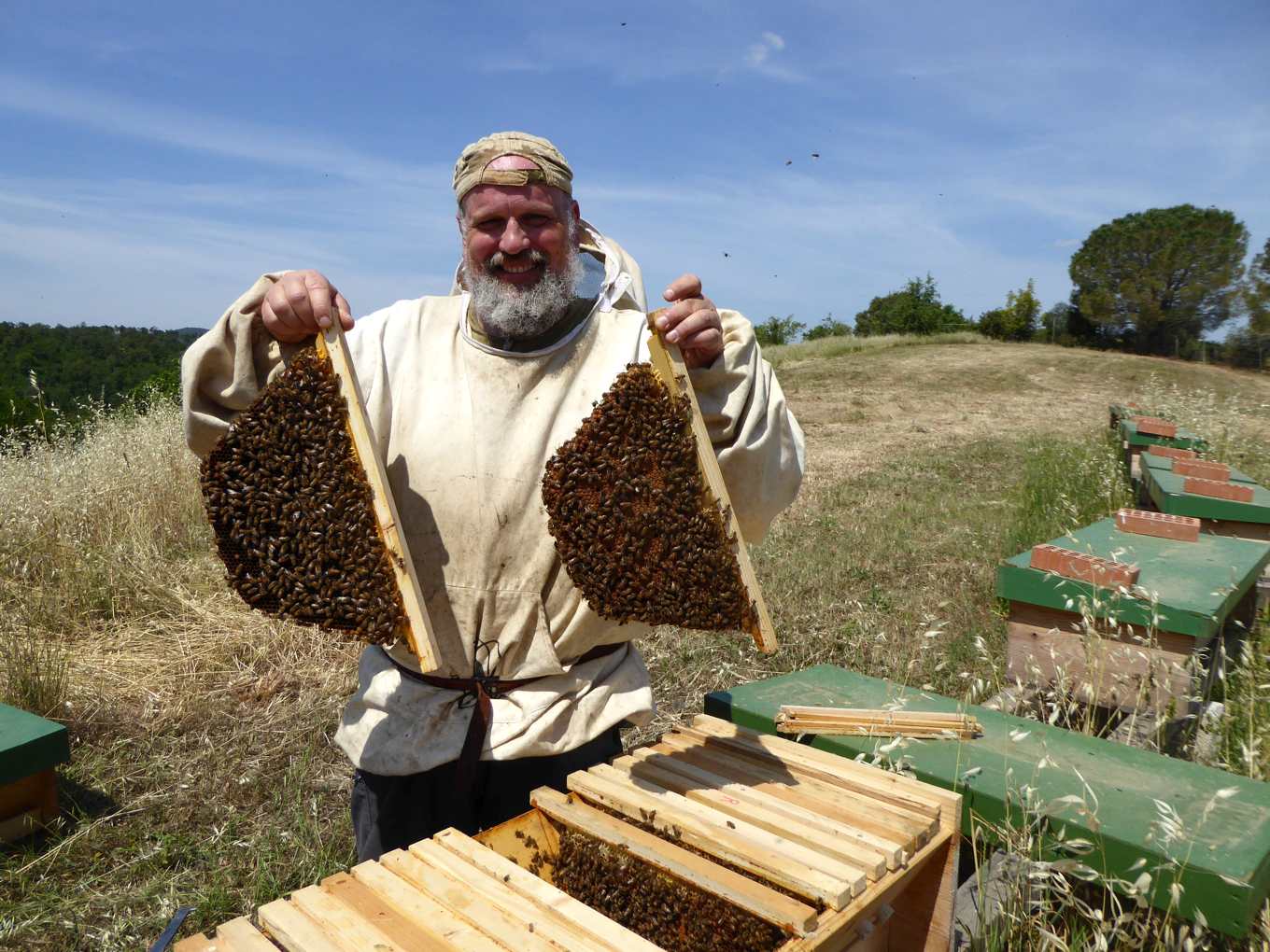
Best spokesperson for bees-Fontana (Photo/D. Bizzarri)
The Joy of Bees is Fontana's family history written for bees with more than 30 years of research and field experience. Before falling in love with bees, he explored organic methods to fight agricultural pests in college, and later studied common insects in the family, such as mosquitoes and cockroaches, to better understand the interaction between humans and insects. He also observed grasshoppers, mantises and earwigs in nature, traveling the world and discovering 14 new species.
After years of teaching at universities, in 2009 he was hired by the Fondazione Edmund Mach Institute of Agriculture in Trento, northeastern Italy, to conduct bee research and train bee farmers. "I study insects from a naturalistic point of view." This entry point made him quickly realize that so-called "modern" beekeeping technology has serious shortcomings.
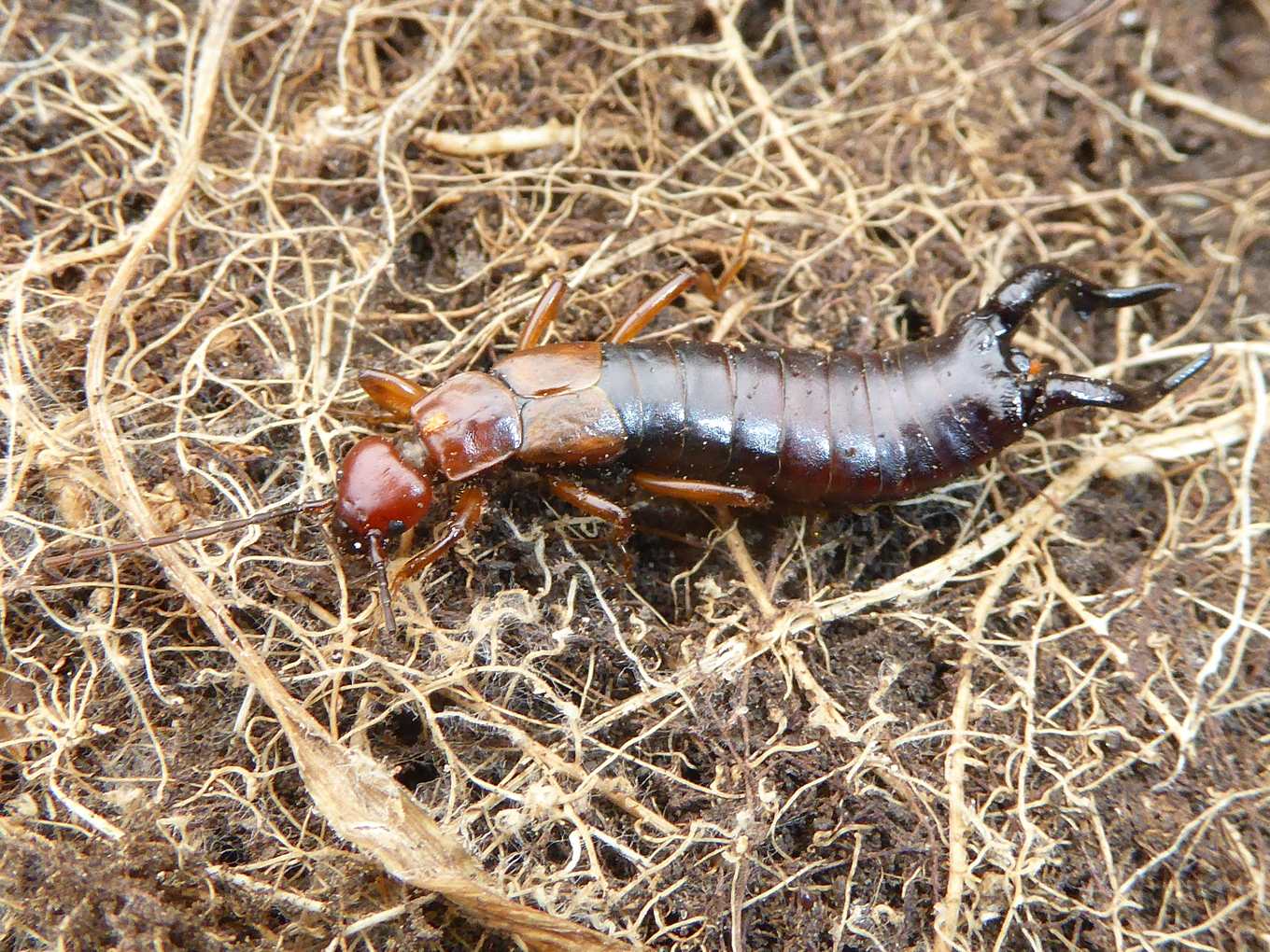
Earwigs were also the subject of Fontana's study (Photo/P. Fontana)
What exactly is "raising" bees?
At first, he went with the mainstream, focusing on honey production, pest control, and queen bee breeding. Soon after, he asked,"What exactly is 'raising' bees?" In his eyes, although the most obedient Western bee, still born free to come and go, to listen to the call of the wild.
More than a century ago, Charles Darwin, who proposed evolution, wondered the same thing: Although humans have a long history of domesticating bees, they are self-sufficient except in winter when they need to be fed. In addition, queens and drones always mate in flight, making it difficult for humans to intervene in seed selection.
Fontana says it would be more accurate to say that "bees domesticate humans and use them for their ecological purposes." The closest thing to a human-bee relationship is when fishermen fish with collared ospreys (cormorants), which cannot swallow because their necks are tied, and lose their prey to the fisherman. Ospreys are trained to be fishermen's helpers, but not fishermen's poultry.
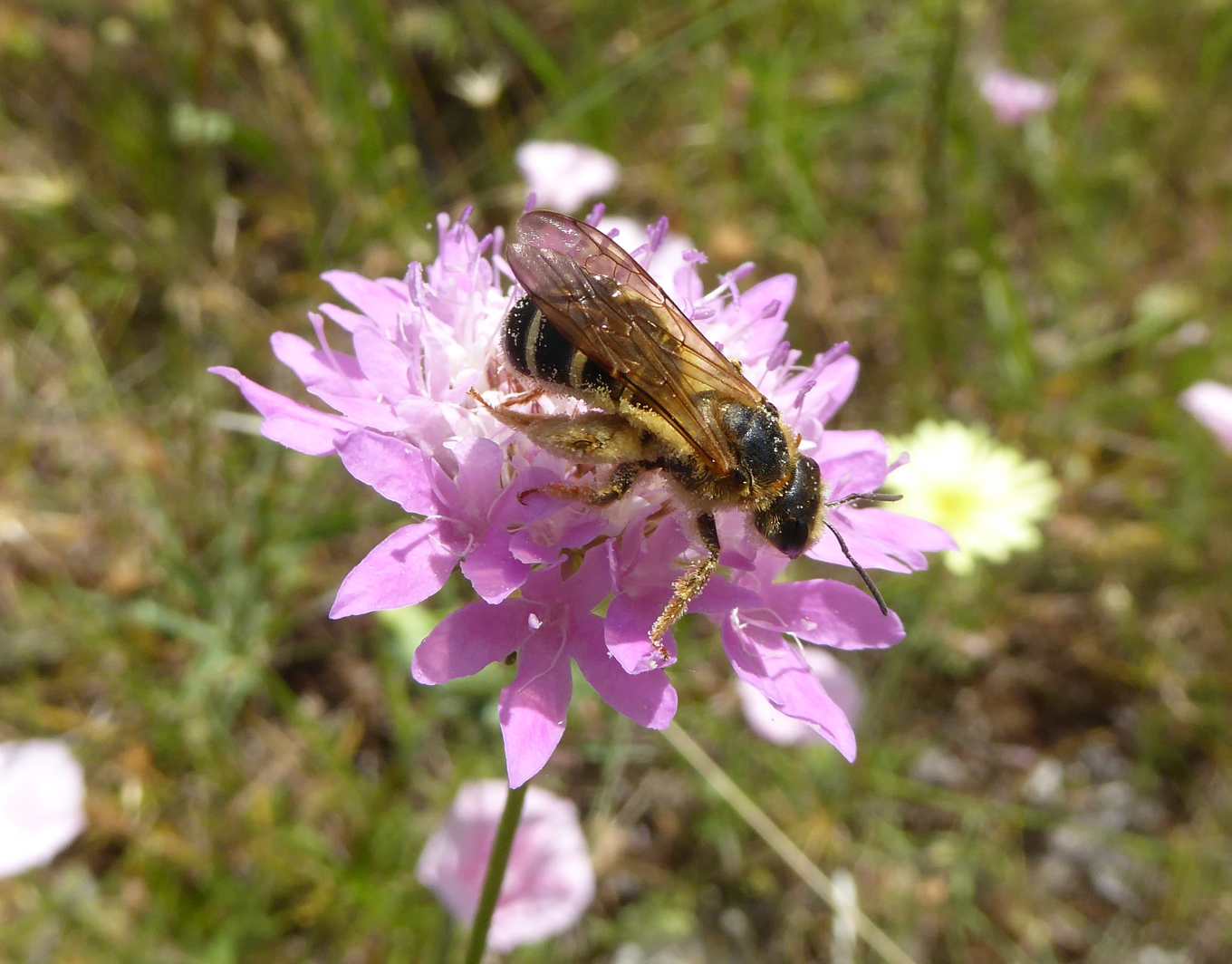
Bees feed on their own (Photo/P. Fontana)
Breeding king big cross, bee gene narrowing, generation worse than generation
Unlike chickens in chicken pens or cows in cattle sheds, bees seem domesticated, but spend most of their time wandering in nature. And the variables in nature far exceed human imagination, Fontana said earnestly,"so let bees naturally mate, reproduce, maintain a rich gene pool, let them naturally evolve to deal with all kinds of unpredictable challenges."
However, human technology advanced rapidly, actively developing artificial king breeding technology. The best-known example is the Acarapis woodi, which nearly wiped out beekeeping in Britain in the early twentieth century. Brother Adam of Bourkeface Abbey collected Western bee subspecies from all over the world and selected bees resistant to Acarapis woodi through hybridization.
"What's even more tempting is that Bukfas bees are also highly productive," Fontana continued, pointing out a fatal weakness."They're like mules. They're nice and tough, but you can't get mules to mate with mules to produce offspring. You must always have horses and donkeys before you can breed mules. In other words, it's hard for an ordinary beekeeper to breed a new Bukfass queen on his own."
Breeding became a specialty, carefully selecting queens and crossing them manually with different drones to see which offspring were most productive. "It's best if they're obedient and don't bite. You don't need to wear gloves or masks when you work." Fontana raised his voice."The problem is, they lose genes for disease resistance and adaptation. Worse, these queens mate in the wild, and after a generation or two, the genes weaken so rapidly that bees are too weak to reproduce on their own, and beekeepers have to buy new queens again and again."
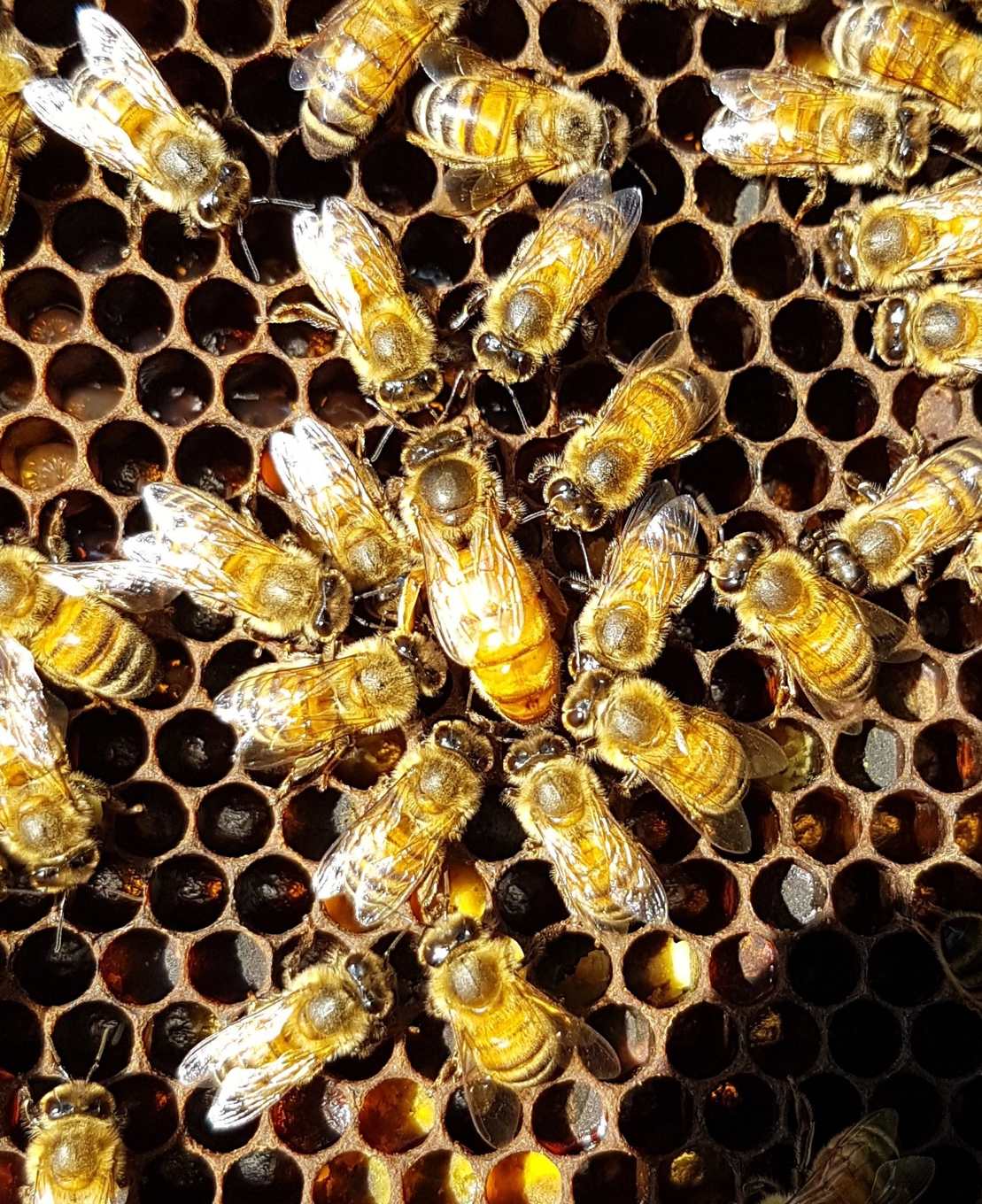
The Queen Bee and Her Ladies (Photo/P. Fontana)
Monster drones are weak and ill, unable to reproduce
Beekeepers who specialize in queen breeding select the most productive queen bees and crossbreed them to produce thousands of babies, resulting in gene narrowing. Fontana said,"Buy the queen bee, you see her mating with ten or twenty drones, it seems that the genes are very variable." In fact, she probably mated with only two or three different genes, because many drones share the same genes."
In the bee world, fertilized eggs have double sets of chromosomes and are born female queens or workers. In contrast, drones have no fathers and are the product of queen parthenogenesis, from unfertilized eggs with only a single set of chromosomes. Sometimes, some eggs are fertilized and have double sets of chromosomes, but the sex genes from "dad" are the same as those from "mom," causing false positives. Drones with double sets of chromosomes, if successfully born, are also weak and ill and difficult to reproduce.
"Fortunately, the worker bees are smart. These eggs are still in the incubation stage. We knew that they were male and female. They dragged out the hive and abandoned it, or simply ate these monsters." Fontana went on to explain,"When there are many empty nests in the spleen, if there is no disease or parasite, there is a high probability that there is a problem with the bee's genes."
Gene narrowing causes problems far beyond empty nests, he said."If a ship is full of plumbers and electricians, you can rest easy if it leaks. But if someone gets sick, there's nothing anyone can do; if a table breaks, no one can fix it. To deal with different problems, it is better to have plumbers, doctors, carpenters, passengers with different skills on board."
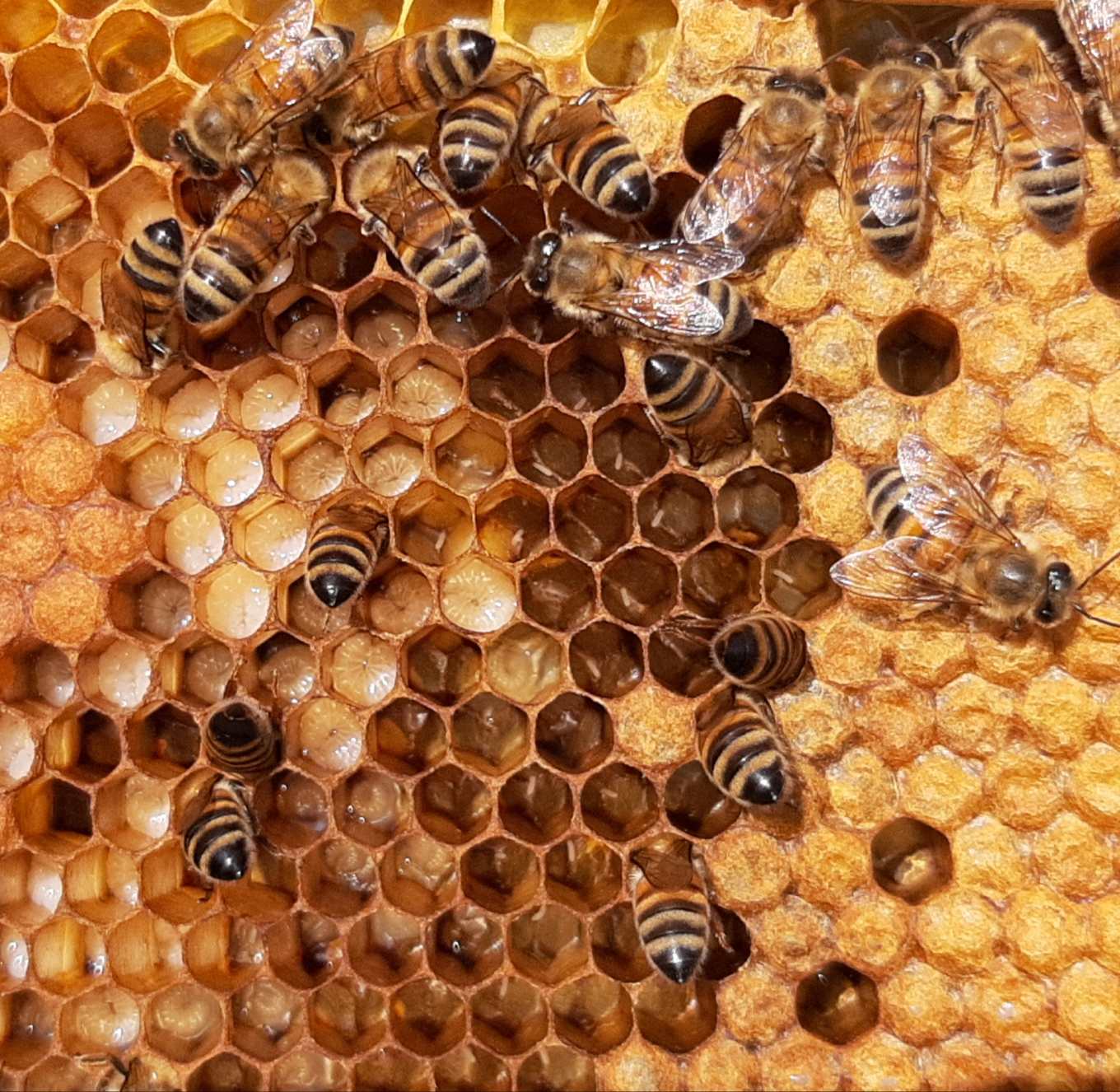
Bee nurseries, worker bees care for their pupae and clean them with care (Photo/P. Fontana)
After these high-priced queens increase their production for a while, their offspring often decline from generation to generation, and beekeepers have to buy new queens again and again. "We fantasize that artificial kings can produce more honey, and ironically, less honey is produced now than it was fifty years ago." Fontana smiled bitterly."The beekeepers have more work to do. These bees need more manpower to take care of them and invest more in them."
In 1960, an outbreak of bee mites occurred in Japan and spread all over the world. The tedious work of eliminating bee mites became a nightmare that most bee farmers could not get rid of. (The article is not finished, please continue reading)

A Brief Introduction to the English Version of Fontana's Masterpiece Joy of Bees
- Prev

Let the bee free 02 "bee hybrid migration, bee crab mites follow, experts: should return to the native bee species, let the bees return to nature
Let the bee free 02 "bee hybrid migration, bee crab mites follow, experts: should return to the native bee species, let the bees return to nature
- Next

Promote Tainan 19 to see moonlight rice Huang Weizhe praised better than Japan's Yueguang rice
The farmers' association of Liuying District in Tainan City officially launched the sale of the new rice variety "Tainan No. 19 to see Moonlight Rice". Mayor Huang Weizhe joined Cai Kuncheng, chairman of the farmers' association of Liuying District, and Director-General Chen Youxin at the Taipei Xinguang Life Insurance skyscraper yesterday (17).
Related
- A course of planting techniques and methods on how to grow carrots
- How to plant the latest tulips?
- Is it better to pick tea in the morning or in the afternoon? When is the best time for tea to be picked? what is the third or fifth tea?
- Launch Yuanxiao Happy combination Haocha + Tea Yuan healthy Taste
- Penghu Tourism "Fireworks 20 Parade with You"
- 2022 West Lake Happiness holds "Digital Revitalization Voucher" and draws iphone13 and laptop.
- Banqiao Fuzhou social houses are designed to change start-up combined with police elimination to create a safe and livable environment
- The convenient measure of "mechanical weeding" in Xinbei has been abused and the Agriculture Bureau has imposed heavy penalties on the illegal land consolidation.
- Changgeng University Joins Hands with Four Memory Factories to Rescue Memory Talent Shortage
- The list of Taiwan's top 100 MVP managers is listed by the Director-General of the Farmers' Association of Sanxia District.

